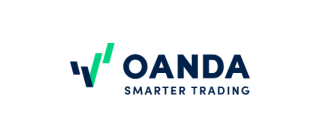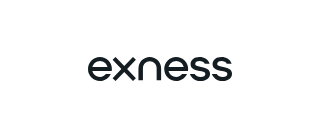The once-deep discount for benchmark U.S. crude oil prices versus global rates is about to disappear for the first time since the rise of the shale oil boom, a sudden reversal that highlights the market’s ongoing flux.
On Monday, U.S. West Texas Intermediate for delivery in March settled just 6 cents below global Brent crude for the same month CL-LCO3=R, the narrowest gap since 2010. It was trading at more than $1 a barrel two days ago.
While U.S. crude has occasionally and briefly traded at a premium to Brent over the past five years, current spreads suggest it could be a longer-lived phenomenon this time. The April spread CL-LCO4=R contracted to 5 cents by the close of trade, while May Brent settled at a 22 cents a barrel premium to WTI, after trading at a low of 5 cents earlier.
Unusually, the prompt spread for January was wider than the later months at $1.44 a barrel premium to prompt WTI futures, down from a high of a $2.58 earlier in the day CL-LCO1=R, although this appeared more likely tied to an unusually strong Brent market just two days before the contract expires.
Oil traders had mixed views on what was driving the sudden shift in the closely-watched and heavily traded spread, but it seemed to be sending a clear signal: heading into next year, the domestic oil market is likely to grow tighter while a global glut gets worse. That is likely to spur a renewed rise in U.S. imports and erase the cost advantage of U.S. refiners who have made billions of dollars gorging on cut-price domestic crude.













